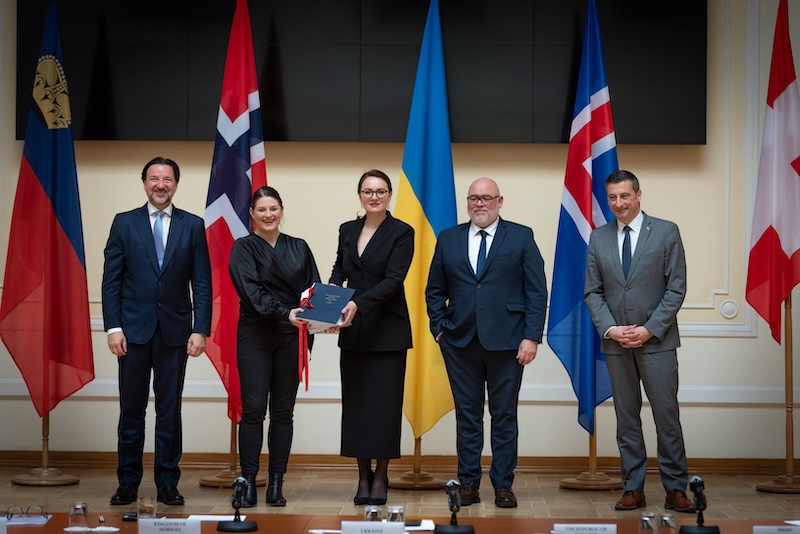The Ministry of Finance presented the fiscal budget proposal to the Parliament on 6 December 2016, regarding to the fiscal policy and plan over a perspective of five years, which were approved in August and supports to a new unrefined budget law. The proposals presume an overall surplus of ISK 28.4 bn. This is practically unaffected Treasury performance from the 2017–2021 fiscal plan presented last spring, or 1% of GDP.
The proposal is based on the 2017-2021 fiscal years, if approved by Parliament in August, but also takes account of the following:
- Treasury operates without shortage for fourth following year
- Treasury debt ratio on the decline
- Social security allocations has been improved
- improved the funding for healthcare
- The financial impact develop from new or amended legislation passed by Parliament;
- Other projected expenditure changes that the Treasury is obliged to finance, other things being equal.
Importance on healthcare and education and law enforcement
Most important expenditures regarding to the 2017 fiscal budget proposal are: Total ostensible contributions to law enforcement increase from ISK 11.8 bn in 2015 to ISK 13.7 bn in 2017;adjustments to the Social Security Act, merging old-age pensioners’ remuneration categories into a single basic pension, and others is ISK 11.1 bn; and contributions to healthcare, hospital and healthcare centre operations, nearly ISK 4 bn, plus ISK 1.5 bn in connection with a new framework conformity for nursing home operations is ISK 7.3 bn; raised employer contributions to the A- division of the Pension Fund for State Employees (LSR), from 11.5% to 15.1%, as of the beginning of 2017 — ISK 4.5 bn. Additionally, it is implicit that the capacity for spending will increase in 2018-2021, by about ISK 7 bn per year. The total scope for the period 2017-2021 is ISK 42 bn.
















